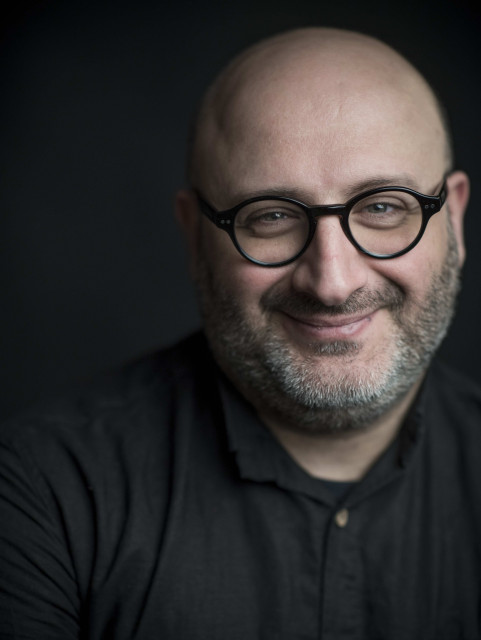In the 1950s and 1960s The African and Asian leaders from the Non Alignment Movement arrived to the Yugoslavian island Brioni with their cages in varying sizes and thus revived an almost 2500 years old tradition. Already in the Achaemenid Empire delegates from the remote provinces came with animal gifts to Darius the Great in Persepolis. The animals would portray the power and the extent of the empire. Brioni became a microcosm that represented an imagined widespread community.
The Zebras that inhabit the island today are descendants of the animals donated in the early sixties by President Ahmed Sékou-Touré from the then newly independent Guinea. The waterbucks are originally a gift from Zambia’s first president Kenneth Kaunda, and the antelopes were handed over by India’s President Jawaharlal Nehru, who also contributed with sacred sebu cows.
There are still Shetland ponies, relatives of a group of horses donated by the English queen, there are ancient eagles from Istria, and lambs and ostriches from places no longer remembered… A unique hybrid as a result of this particular history of cold war era stands out: the mouflon sheep mated with Somali sheeps, a gift from Haile Selassie in 1959, the result was named Brionko. Even the dead and stuffed animals in the dioramas of the museum at Brioni has an important role – for example George, an orangutan who always took part in Tito’s events. George was a big smoker and skillful at spitting. The monkey had sense for hierarchies, it is said, he never missed the main guests.
A necromantic attempt is an attempt to create a contact with the dead and listen to their voices and stories. The impulse for this attempt is stemming from the experience of hearing the kakadua Koki, calling for Tito, from his cage at Brioni Island. The uncanny experience of Koki’s “words” made us utilize the necromantic concept for working with historical material and let the past manifest itself in the present. The fictive, pseudo-psychoanalytical method of listening to undercurrents of the biographies of the two protagonists* has led to the writing of the manuscript of the film. The protagonists have, in different ways, invested their lives in Brioni. The creation of the zoo, representing an imagined empire has colonial aspects; the idea of creating an exotic “colony” inside Europe, to create a luxurious center of the world, unite them. We also work with a microhistorical model of film essay which insists on the details of a phenomenon in order to show how these details form part of a greater context. It is a preoccupation with the small, marginalized stories – a study of habits and routines rather than deliberate actions, underlying mentalities rather than explicit views. In this microhistorical view the exception is more interesting than the rule, including the everyday, the overlooked details – all this that can prove to be as important as – but still connected to the “grand” recognized history.
* At the end of the 19th century, Brioni was a wooded, swampy archipelago that belonged to Austrian-Hungarian empire. No one had cared for the islands before the Austrian steel magnate Paul Kupelwieser bought them in 1893. Malaria ravaged on the island.
Kupelwieser himself contracted malaria at Brioni and took the help of Robert Koch, the Nobel laureate in medicine. Koch ordered that all ponds and swamps where the mosquitoes were hatched should be filled.
Rent this work for public screenings


